As pilots of the Indonesian budget carrier Lion Air Flight 610 and the Ethiopian Airlines Flight 302 struggled to gain control of their planes, little did they realise that their newly acquired planes lacked two essential safety features in their cockpits. Boeing apparently sold their best selling model – 737 Max 8 – without those two safety features, because they were optional items.
By optional it means Boeing offers them for an additional cost. And knowing that Lion Air is a budget carrier while Ethiopia was the third-poorest country in the world, it makes perfect sense why both airlines didn’t purchase the so-called “optional safety features”. To make matters worse, regulators do not require airlines to buy optional extras, and many low-cost carriers opt not to.
The two safety features which could have saved both Lion Air and Ethiopian Airlines were an “angle of attack indicator” and an “angle of attack disagree light”, both of which were not included in the aircraft by Boeing as standard safety features. As a result, Lion Air crashed on Oct 29, 2018, killing 189 persons while Ethiopian Airlines lost 157 people on board after crashed on Mar 10, 2019.
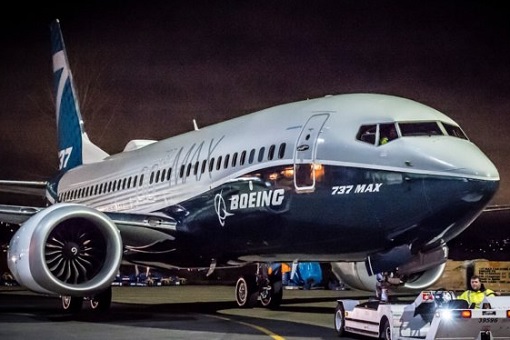
For Boeing, and other aircraft manufacturers for that matter, the practice of charging extra money to upgrade a standard aeroplane is definitely a lucrative business strategy. Like purchasing a car, customization brings tons of profits. Optional items typically include non-essential features such as premium seating, fancy lighting or extra bathrooms.
Other features can be quite relevant to the operation of an aeroplane, even “life-saving”, involving communication, navigation or safety systems – as in the case of the doomed Boeing 737 Max-8 jets. Sure, it is up to individual airlines to decide whether to pay for upgrades to a standard aeroplane, largely because different airlines have different budget.
However, as the 737 Max aircraft designer and manufacturer, Boeing is the ultimate party who can tell if an optional item is really a feature that can be ignored entirely. Now, in the wake of the two deadly crashes involving the same jet model, Boeing will make one of those safety features standard as part of a fix to get the planes in the air again.
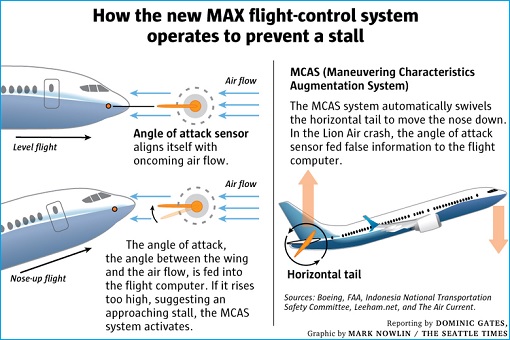
One of the optional features – “angle of attack indicator” – displays the readings of the two sensors, and the other – “angle of attack disagree light” – is an alert that activates if those sensors do not agree. MCAS (Manoeuvring Characteristics Augmentation System) takes readings from the two angles of attack sensors to determine how much the plane’s nose is pointing up or down.
Investigators are still looking into whether faulty data from sensors on the Lion Air plane may have caused the MCAS, new software system, to malfunction. The MCAS software was supposed to detect that in the event the nose is pointing up at a dangerous angle, it can automatically push the nose down in an effort to stop the plane from stalling.
After the grounding of all the 737 Max-8 worldwide, Boeing has told airlines that it expects to have new software ready by the end of the month, and the American aircraft manufacturer reportedly agreed that the optional “disagree light” will become a standard feature on all new 737 Max planes. This means the “angle of attack indicator” will remain an optional item that airlines can buy.
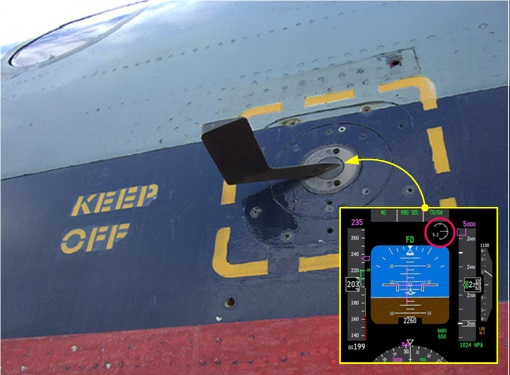
Interestingly, neither feature was mandated by the U.S. Federal Aviation Administration (FAA). Bjorn Fehrm, an analyst at the aviation consultancy Leeham, told New York Times – “They’re critical, and cost almost nothing for the airlines to install. Boeing charges for them because it can. But they’re vital for safety.”
Although it has yet to be released, voice recordings from Indonesian Lion Air suggest that the pilots were looking through the flight manual as the Boeing 737 Max-8 jet incorrectly alerted them it was stalling and automatically pushed the nose down. Of course, the pilots could not fight the buggy software, which continued to push the nose down until it crashed.
Boeing has been so profit-hungry that it even charges extra for a backup fire extinguisher in the cargo hold, despite past incidents showing that a single extinguishing system may not be enough to put out flames that may spread rapidly through the plane. Regulators in Japan require airlines to install backup fire extinguishing systems, but as expected, the FAA has no such basic requirement.
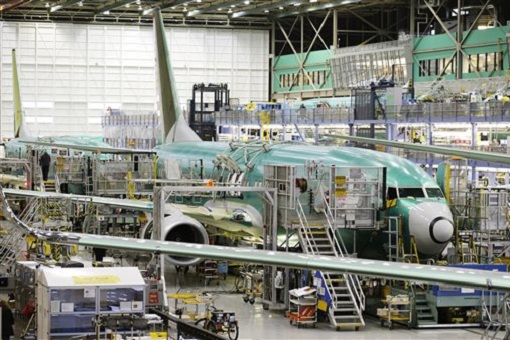
Unlike McDonald’s menu, Boeing does not disclose thefull menu of safety features available as options for the 737 Max model. Based on records, a Brazilian carrier paid US$6,700 (£5,100; RM27,200) extra for oxygen masks for its crew, and US$11,900 £9,000; RM48,300) for an advanced weather radar system control panel.
According to the New York Times, the two optional safety features which could have saved the Boeing 737 Max jets from crashing would probably add US$800,000 (£608,000; RM3.2 million) to US$2 million (£1.52 million; RM8.1 million) to the price of the aircraft – about 5% of the total cost of the jet purchased by Lion Air and the Ethiopian Airlines.
And unlike the cost-conscious Indonesian budget carrier Lion Air and the Ethiopian Airlines, US-based airlines such as American Airlines bought both the angle of attack indicator and the disagree light for all its 124 (24 in operation before grounded and 100 ordered) Boeing 737 Max planes. United Airlines, however, did not buy the two safety features because its pilots use other data to fly the plane.
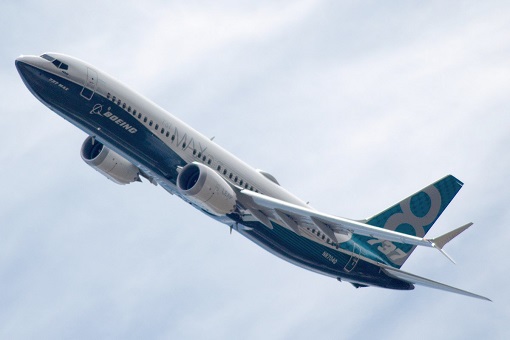
As an investigation is being carried out into how Boeing could have allowed this to happen in the first place, some FAA employees have leaked that they faced intra-agency pressure to provide a friendly regulatory environment for Boeing and to expedite approval of the 737 Max 8 model. Therefore, the FAA had actually allowed Boeing to self-certify its own safety systems.
Other Articles That May Interest You …
- FAA Protecting Boeing? – Despite Assurance, Airlines Around The World Suspend Boeing MAX-8 Jets
- Boeing In Trouble – Stock Sinks In Worst Fall Since 2001 After Best Selling 737 MAX-8 Jet Crash
- Top-5 Simple Secrets That Make Singapore Changi The World’s Best Airport
- Meet SEA First Self-Made Woman Billionaire – Queen Of “Bikini” VietJet
- Secrets Revealed – TIPS To Get A Free First Class Flight Upgrade
- Here’re 20 Dirty Secrets The Airlines Don’t Want You To Know
- Top-15 Best & Luxurious First Class Amenity Kits From Airlines Around The World
- Secret Revealed – The Secret Chambers Where Pilot & Cabin Crew Rest & Sleep (Photos)

|
|
March 22nd, 2019 by financetwitter
|


|

|

|

|

|

|




























Why criticise Boeing for its lack of sensors?
When our flying car designers have no sense at all.